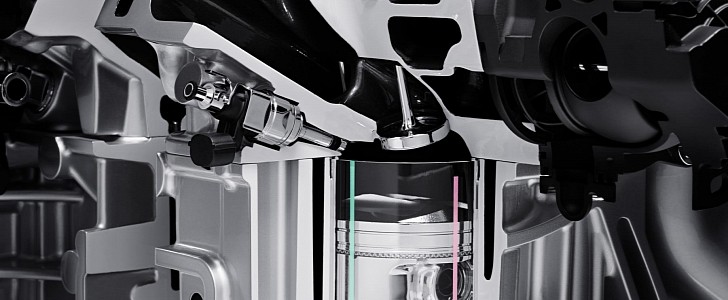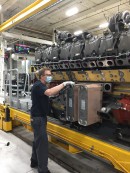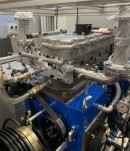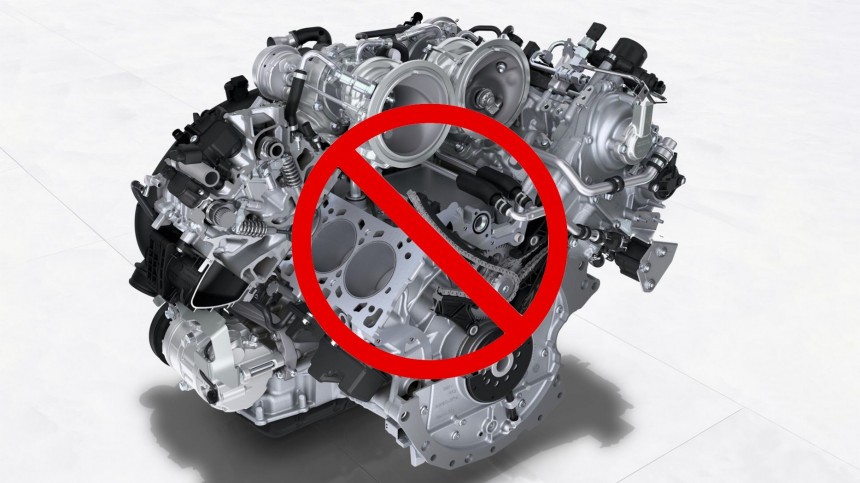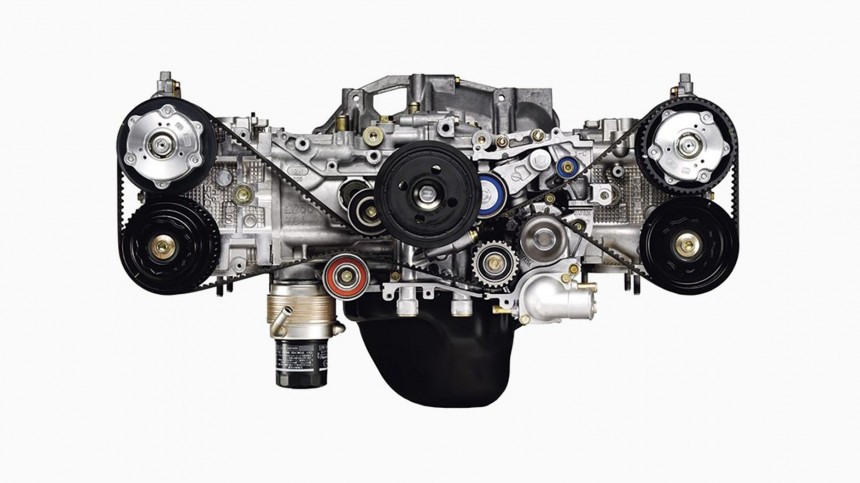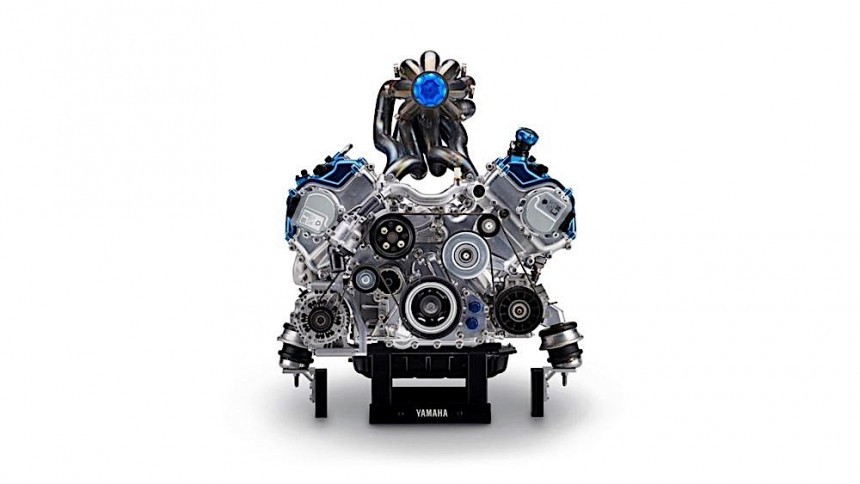The Euro 7 emissions standards are supposed to apply to vehicles that will be homologated after the middle of this decade, yet the European Commission has not determined their confines. As you can imagine, automakers are sweating bullets on the topic, as they must develop cleaner engines without knowing the limits that they need to comply with.
Instead of thinking that they should just make the cleanest engines possible, remember that developing engines is a costly affair. Many automakers have expressed concern about what will happen to their lineups once the new standards come into effect.
Since the deadline for the announcement of the new Euro 7 standards has been pushed back twice already, automakers still have no idea just how much they should cut from their portfolios in just two and a half years. We are also referring to eliminating engines, not just making them cleaner, as well as eliminating transmission and drive options.
Remember that there will be a moment when automakers will be able to sell Euro6D-engined vehicles that they have already built even after the Euro 7 standards are introduced, but they will not be able to homologate new models with those engines.
In the case of the engines themselves, automakers have already determined that it is not cost-effective to sell A-segment cars with internal combustion engines once Euro 7 kicks off, as either of these models would end up costing almost twice as much as they do today.
Some manufacturers estimate that each vehicle will be thousands of euros more expensive because of the investment required to make engines cleaner.
The biggest problem we are facing now is that some of those billions have already been spent on investment in new engine development, and the standard is yet to be determined.
In other words, while engines will be cleaner in the future, it is unclear how much more expensive they will be, what kind of power they will develop, and just how many people will decide to get new cars with them instead of keeping what they already have or getting an alternative propulsion solution such as a PHEV or EV, depending on preference and personal requirements.
A recent report from Politico claims that they have obtained a copy of the upcoming Euro 7 legislation from a source within the European Commission. The report noted that “a final review has been made,” and also quotes phrases such as “the current geopolitical and economic circumstances.”
While the report indicates no values, it does mention the possibility of the new emissions standards being “watered down,” or significantly diminished from what previous claims were announcing.
As you can imagine, environmental groups, such as the NGO Transport & Environment, are not happy with the potential tone-down of rules. The latter group stated that “carmakers' profits are being prioritized over the health of millions of Europeans.”
Regardless, the Euro 7 standards were last delayed to October 28, 2022, which is three days from now, but it appears that they will be announced in early November.
Depending on just how low the CO2 emissions will have to go, several engine options will be eliminated from numerous ranges across the board, but the NOx (nitrogen oxide) and particulates figures are the ones that will send shivers down the spines of engineers who are involved in engine development for automakers.
The problem is cutting emissions below certain thresholds, which becomes increasingly expensive as the measures get more complex. Some believed that switching all the new engines to mild-hybrid configurations would suffice, but it will not be that easy and not that cheap either, but it will all depend on the standards.
Mind you, automakers will have to future-proof their engines to comply with emissions norms up to 2035 (with a few increments such as Euro 7b, 7c, etc.), when the proposed sales ban on new vehicles with internal combustion engines is set to happen in multiple European countries.
Since the deadline for the announcement of the new Euro 7 standards has been pushed back twice already, automakers still have no idea just how much they should cut from their portfolios in just two and a half years. We are also referring to eliminating engines, not just making them cleaner, as well as eliminating transmission and drive options.
Remember that there will be a moment when automakers will be able to sell Euro6D-engined vehicles that they have already built even after the Euro 7 standards are introduced, but they will not be able to homologate new models with those engines.
In the case of the engines themselves, automakers have already determined that it is not cost-effective to sell A-segment cars with internal combustion engines once Euro 7 kicks off, as either of these models would end up costing almost twice as much as they do today.
The biggest problem we are facing now is that some of those billions have already been spent on investment in new engine development, and the standard is yet to be determined.
In other words, while engines will be cleaner in the future, it is unclear how much more expensive they will be, what kind of power they will develop, and just how many people will decide to get new cars with them instead of keeping what they already have or getting an alternative propulsion solution such as a PHEV or EV, depending on preference and personal requirements.
A recent report from Politico claims that they have obtained a copy of the upcoming Euro 7 legislation from a source within the European Commission. The report noted that “a final review has been made,” and also quotes phrases such as “the current geopolitical and economic circumstances.”
As you can imagine, environmental groups, such as the NGO Transport & Environment, are not happy with the potential tone-down of rules. The latter group stated that “carmakers' profits are being prioritized over the health of millions of Europeans.”
Regardless, the Euro 7 standards were last delayed to October 28, 2022, which is three days from now, but it appears that they will be announced in early November.
Depending on just how low the CO2 emissions will have to go, several engine options will be eliminated from numerous ranges across the board, but the NOx (nitrogen oxide) and particulates figures are the ones that will send shivers down the spines of engineers who are involved in engine development for automakers.
Mind you, automakers will have to future-proof their engines to comply with emissions norms up to 2035 (with a few increments such as Euro 7b, 7c, etc.), when the proposed sales ban on new vehicles with internal combustion engines is set to happen in multiple European countries.
